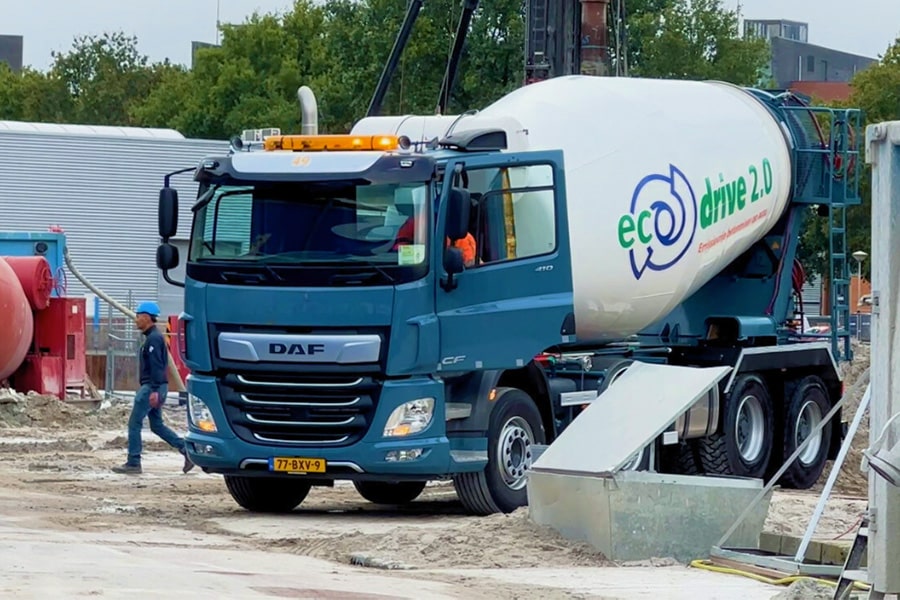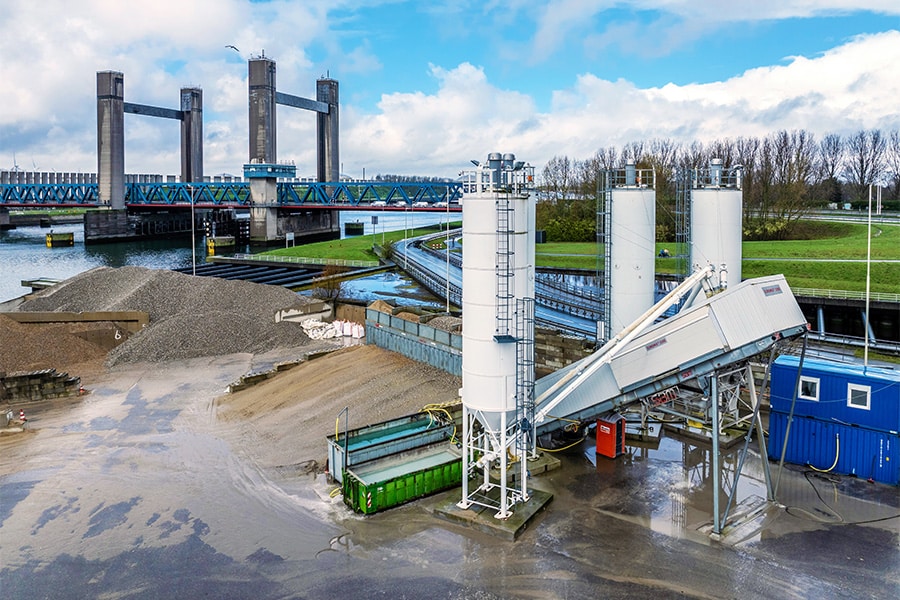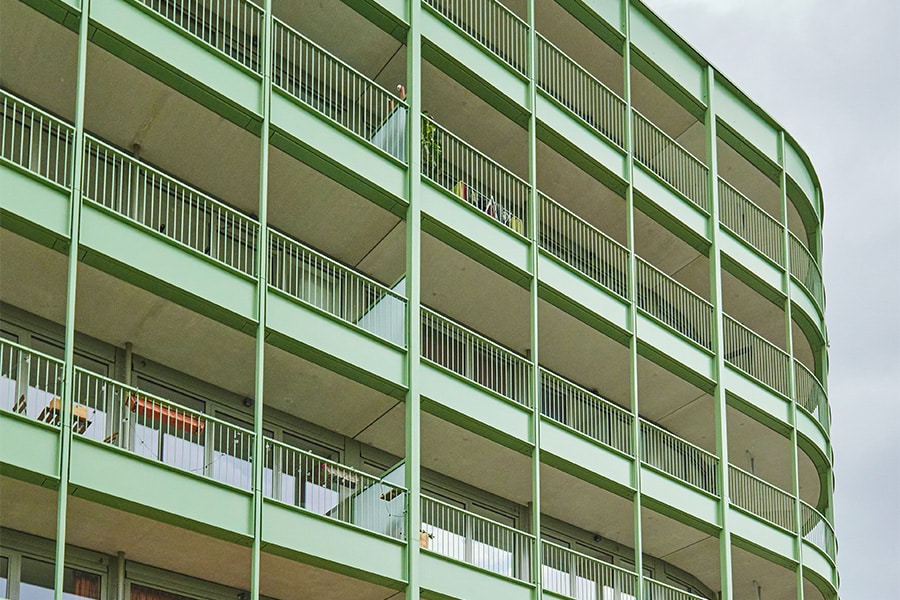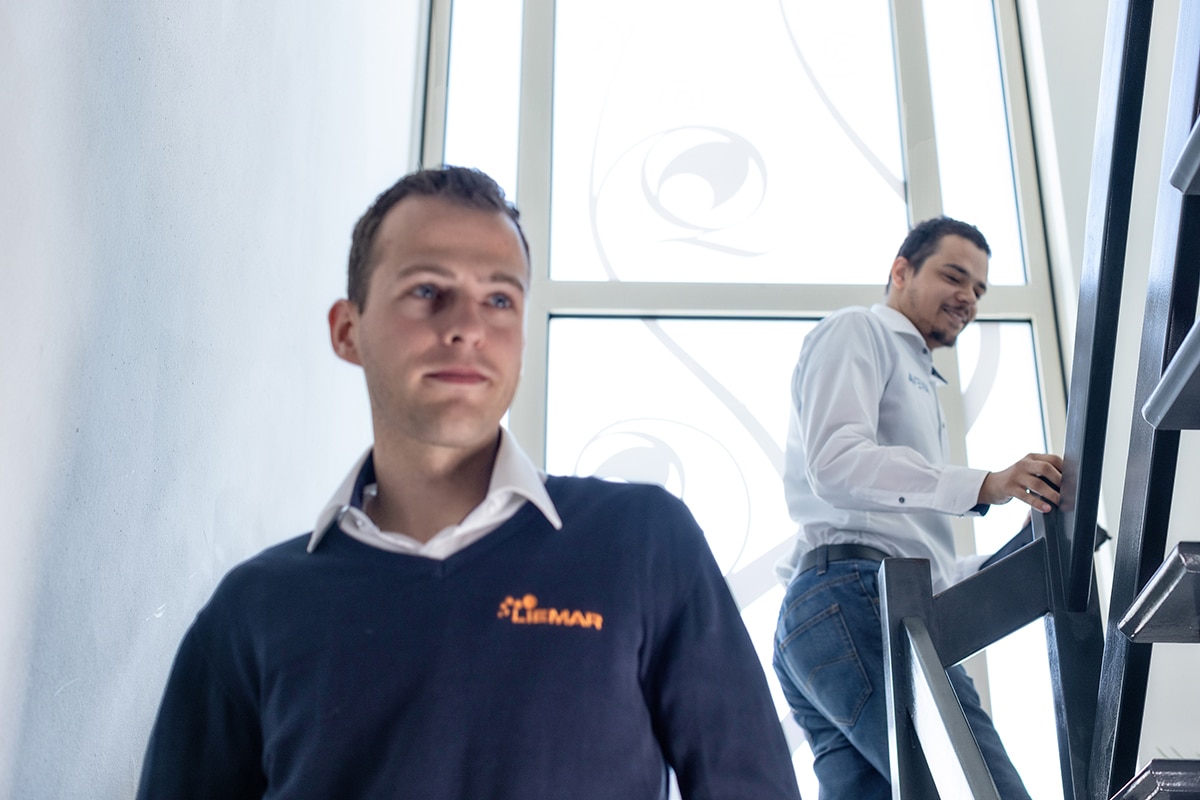
KOMO certificate for 3D printed concrete
Making architectural concrete affordable again. With that ambition, Bruil has developed a 3D concrete printer to produce unique and free-form facade elements. 3D concrete printing is much more efficient in material use and can be planned with shorter delivery times. To ensure a high as possible quality level, Bruil has now received the KOMO certificate for concrete.
Quality printing concrete
Because Bruil wants to deliver the best quality, over the past two years the process of 3D concrete printing continuously optimized. Perfecting our 3D printed concrete is part of that. This has now been rewarded with a KOMO certification. Developing a suitable mixture for 3D concrete printing is no easy task. There are sometimes extreme requirements at different stages of the production process. During its useful life, the product must also be permanently resistant to all weather conditions. In addition, a common question is whether the fine mixture may be called concrete or should be qualified as mortar.
R&D manager Benno van Dijk of Bruil concrete & mix; "In the development of our mixture, our starting point has always been that it must fully qualify as concrete. This makes the applicability of this product within the existing regulations easier and reliable. We are pleased and proud that SGS INTRON also qualifies our mixture as concrete. This has now also been confirmed once again with the KOMO certificate.
Bruil's printing concrete has already been extensively tested in 2018 by SGS INTRON and if full concrete designated. 3D printed concrete has the same certification as concrete mortar with this KOMO certificate with a strength class C50/60.
The factory for 3D concrete printing
Practical application
Printed concrete is applied in the project the Baske Road in Den Helder. A unique project, where as many as 154 apartment homes are being completely upgraded with 3D printed concrete elements. Almost 1,400 unique printed elements, ranging from 2 to 12 square meters, transform two buildings of gray and dull concrete into a unique and modern whole. We are working closely with several partners in this project. Watch the video about this collaboration below.
Source: Bruil.co.uk



